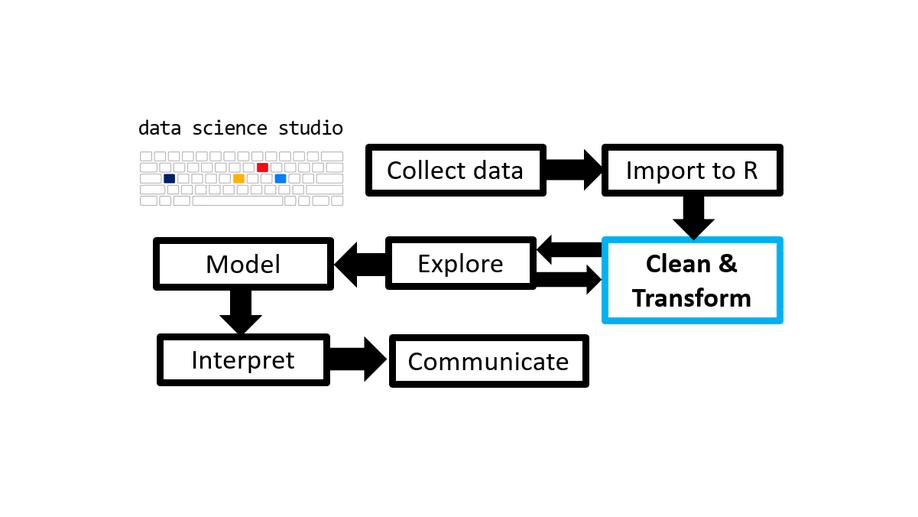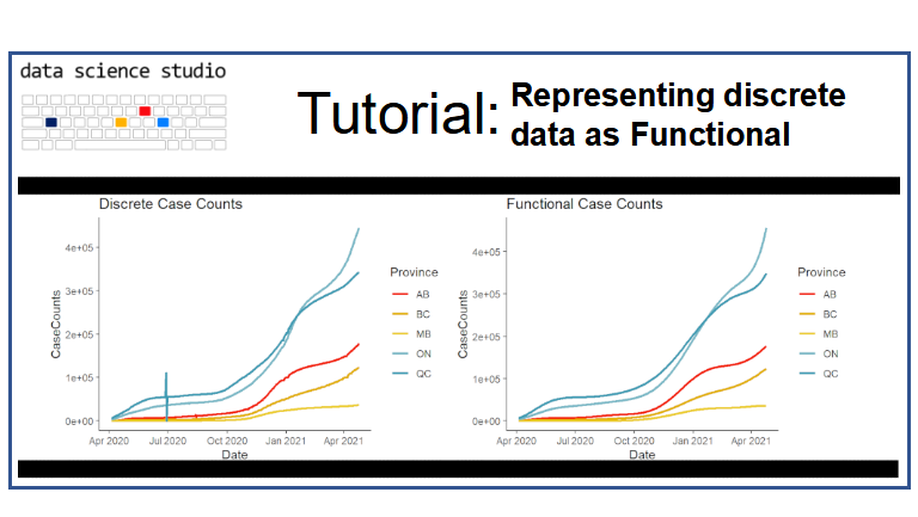
Functional Data Analysis: Discrete Observations to Functional Representations
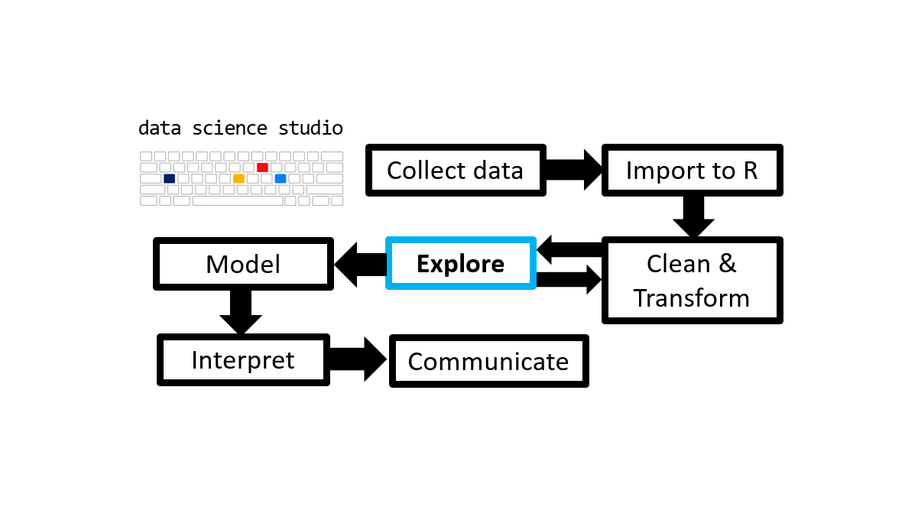
ASGR: 3.0 - exploring data with elucidate
This post dives into the elucidate package and how it can help you explore data using sets of functions for interrogating, describing, visualising, interacting with, and correcting data. This is a key stage of any analysis where errors are found and interesting relationships begin to appear. Click here for the full post.
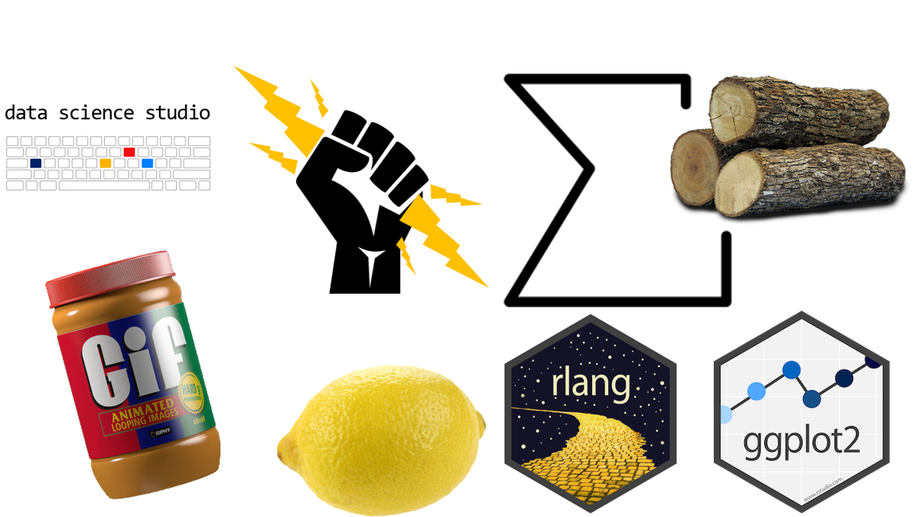
Power Tips - November 2020
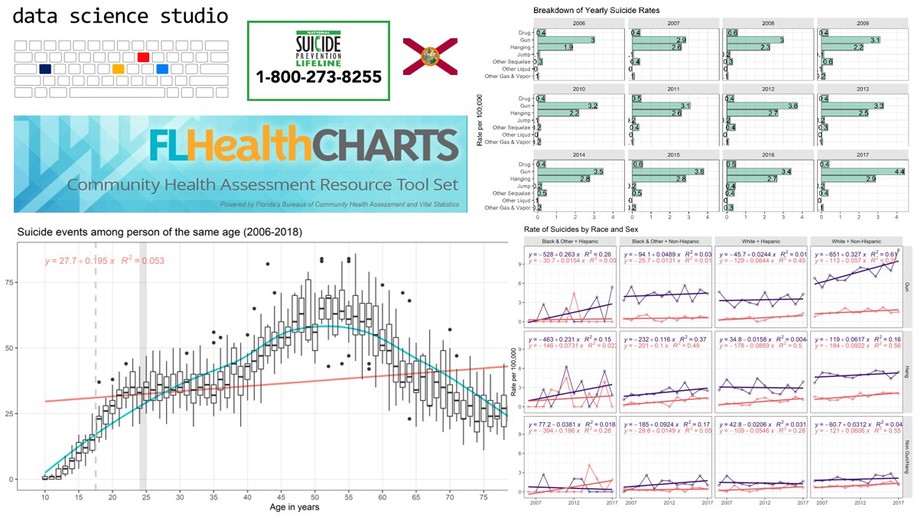
Florida Suicides (2) - Youth Trends

Rcpp: Using C++ to improve performance in R
Rcpp is an R library allowing for easy integration of C++ code in your R workflow. It allows you to create optimized functions for when R just isn’t fast enough. It can also be used as a bridge between R and C++ giving you the ability to access the existing C++ libraries. Continue reading to learn how you can use Rcpp in your projects!

Diabetes in Rural North Carolina
Summary
Diabetes is growing at an epidemic rate in the United States. In North Carolina alone, diabetes and prediabetes cost an estimated $10.9 billion each year (American Diabetes Association, 2015). This is the second post in the series exploring Diabetes in rural North Carolina. This post will explore the data used for this project, from collection, cleaning, and analysis ready data.
Please read the full post here

